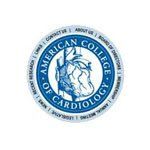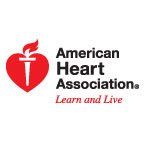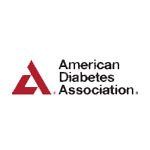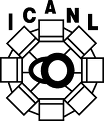Hospital Procedures
- AAA
(Abdominal Aortic Aneurism)
- AICD
(Automatic Implantable Cardioverter Defibrillator)
- a device implanted in the chest to restore the heart rhythm when the ventricle is out of control
- Angioplasty
- a medical procedure in which a balloon is used to open narrowed or blocked blood vessels of the heart (coronary arteries)
- Atherectomy
- a procedure that uses a catheter and special cutting or grinding tools to remove plaque from artery walls
- Cardiac Catheterization
- involves passing a catheter (a thin flexible tube) into the right or left side of the heart. In general, this procedure is performed to obtain diagnostic information about the heart or its blood vessels or to provide treatment in certain types of heart conditions
- CRT
(Cardiac Resynchronization Therapy)
- the implantation of a special pacemaker that paces both right and left ventricles simultaneously, therefore improving the cardiac function in heart failure patients
- Cardioversion
- delivers an electrical shock to a person's heart to rapidly restore an abnormal heart rhythm back to normal
- Coronary Angiography
- a procedure in which a contrast material that can be seen using X-ray equipment is injected into one of the arteries of the heart. This allows your healthcare provider to view the flow of blood through your heart
- Coronary Stenting
- when a wire mesh device, like scaffolding, is placed in the artery to prevent it from renarrowing after an angioplasty
- Carotid Stents
- Peripheral Angioplasty and Intervention (Stents)
- PFO Closure
- a procedure that closes a hole in the heart that might permit passage of small clots leading to strokes. The procedure is performed with a catheter without the need of open heart surgery
- Pacemaker
- a small, battery-operated electronic device which is inserted under the skin to help the heart beat regularly and at an appropriate rate
- Renal Angioplasty and Stent
- TEE
- a diagnostic procedure in which a transducer is passed down into the esophagus to a location behind the heart, where sound waves are sent and delivered to image the heart
- Tilt Table Test
- used to diagnose patients with unexplained fainting spells or syncope. During the test, heart rate, blood pressure or other measurements can be made while the patient lies on a table which is tilted so he or she can be monitored in different positions from lying down to standing upright





